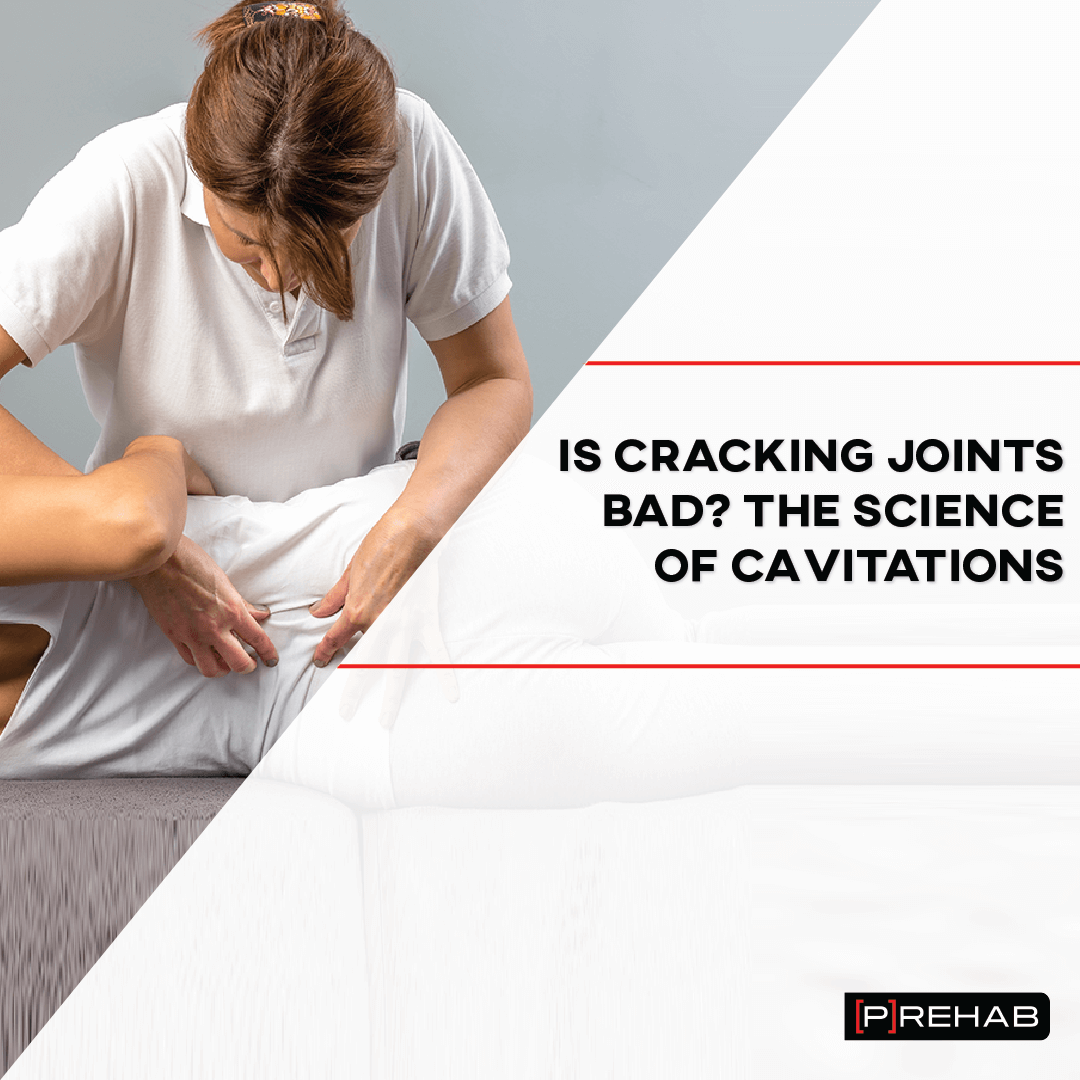
“Stop cracking your knuckles or you’ll ruin your joints, Your joint is out and we will pop it back in.” These statements or narratives seem to surround the snap, crackle, and pop of our cracking joints. History and research show us the first statement is not true and this was likely a parenting strategy to get kids to stop cracking their knuckles because parents were getting annoyed with the noise! However, the other questions remain and in this article, we will answer them along with giving the scientific rationale of what the popping sound truly is!
What Causes Cracking Joints?
Our bodies make a variety of noises and due to human curiosity, we want to know what the heck these noises are and what they mean! Our brains are constantly evaluating danger vs safety and the more information it has stored the better we are able to weigh these decisions. Does my cracking joint mean danger? At the same time when our joints crack, we tend to have a feeling of relief. Is a cracking joint safe or dangerous?
Let’s store away some good information right off the bat and learn that the cracking joint noise most of the time is just bubbles forming or tendons sliding!
The sound is completely normal and should not create fear. In fact, McCoy et al 1990 measured sounds in participant’s knees using vibration arthrography and found that 99% of knees make some sort of noise. The only time we should be concerned is if the associated popping sound is associated with pain or if it occurs in a high velocity-based mechanism of injury, such as cutting or twisting while running with a resultant injury.
Our mission is to give you the right information at the right time allowing you to take control of your own health. The goal today is educating what the cracking joint noise is, but most importantly what it is not! Research by Robertson et al 2017 looked at people’s beliefs about joint noise along with resultant behaviors and found people were fearful of the noise, would avoid activities that caused the sounds, and negative comments or facial expressions from family or health care providers added to the distress and fear of the cracking joint. Simply put, our input changes our output.
Learn about this concept in this podcast! Let’s change the narrative and keep moving forward!
LISTEN: TREATING CHRONIC PAIN WITH PREHAB
Physiological Mechanisms Of Cracking Joints
Gas bubbles or tendons sliding is by far the most common reason we experience cracking joints or audible sounds. These particular noises are not correlated to pain or any decrease in function, they are just present with a variety of movements!
It is also important to note that they do not mean we will develop dysfunction or pathology later on. Pazzinatto et al 2018 performed a longitudinal study to see if knee crepitus or joint noise was associated with the occurrence of total knee replacement due to osteoarthritis.
The findings showed crepitus or joint noise is not associated with higher odds of having a total knee replacement and it does not affect physical function and quality of life.
Similarly, research by De Oliveira et al 2018 assessed activity level, pain in the last month, along with pain climbing stairs or squatting in a group of women with patellofemoral pain. The findings showed knee crepitus had no relationship with any of the above variables. However, the research did show women with knee crepitus were 4x more likely to experience patellofemoral pain.
The takeaway here is the presence of crepitus did not influence physical activity level and pain but it can definitely influence patient perception creating a fear response.
If you are experiencing patellofemoral pain, let’s take care of it!
Knee cap and anterior knee pain can be one of the most frustrating and self-limiting injuries to deal with. The common issue we see is most of these injuries are never addressed or rehabbed correctly in the first place and the same underlying issues remain, which can be a recipe for another vicious cycle of pain and setbacks in the future. We’ve designed a comprehensive solution for you to get back to a normal life and simple things like squatting and going down stairs pain-free! For more information, click HERE.
So…What Causes The Joint Cracking Sounds?
The best way to change perception and decrease the fear response, other than movement, is to get answers! This is what Kawchuk et al 2015 set out to achieve in their research to answer what causes the cracking joint sound. In 1947, Roston and Wheeler Haines published the first scientific study attempting to describe the origins of joint cracking. They described it in the following phases; resting phase, rapid separation, and refractory phases.
- Resting phase: joint surfaces are in close contact, a light distraction force will barely separate the joint surfaces.
- Rapid separation phase: With a greater distraction force, the surfaces resist separation until a critical point after which they separate rapidly. This is where the cracking sound is made!
- Refractory phase: After the cracking noise, the joint will go into the refractory phase in which no further cracking can occur for approximately 20 minutes. In this phase, the presence of a “clear space”, vapor cavity, or bubble is present on imaging.
Resting Phase and Refractory Phase After Joint Cracking
From: Kawchuk et al 2015 showing T1 static images of the hand in the resting phase before cracking (left). The same hand following cracking with the addition of a post-cracking distraction force (right). Note the dark, interarticular void (yellow arrow).
This bubble is thought to be formed due to a decrease of pressure within the joint and fluid causing gas to come out of the solution as the joint surfaces are pulled away. The cracking joint noises were thought to be due to the formation of the bubble. A different research group, Unsworth et al 1971 debated the noise was actually made from the collapse of the bubble vs the formation. While other groups debated the sound was due to ligaments returning to resting position or through the process of tribonucleation; when two closely opposed surfaces are separating the liquid between them will resist the separation. As the pulling forces overcome the force of the fluid resisting separation, a negative pressure is created within the joint which creates the bubble or vapor cavity (Kawchuk et al 2015).
As technology advanced along with research methods, Kawchuk et al 2015 demonstrated evidence the cracking joint sound supports the theory of tribonucleation, in which the separation or pulling force creates a negative pressure in the joint allowing dissolved gas to escape forming a bubble. The bubble stays after the point of sound production showing the sound is not due to the bubble collapsing. Interestingly, the bubble will disappear once the pulling or distraction force is absent but the joint space before and after does not change significantly. Kawchuk et al 2015 concluded, these findings suggest that the resting joint orientation is not changed by the cracking event in the first knuckle of the hand.
This leads to the next point, that unless there was a clear mechanism of injury it is highly unlikely the joint is out of place or that manipulation or adjustment “puts it back in”, especially in the spine!
Watch More About Cracking Joints
Ruling Out The Subluxation Theory
The spine is one of the strongest and most resilient structures we have in the human body! Dr. Ali Bydon states, “studies have shown that it would require a force greater than 3,000 newtons to fracture the cervical spine. That’s equal to the impact created by a 500-pound car crashing into a wall at 30 miles per hour.” With that being said, we do know injuries to the spine can happen and generally occur when the body is unable to tense the muscles to add further protection. However, without a high velocity-based mechanism of injury can our vertebrae pop out? If so can providers actually “pop them back in place”?
This is where the subluxation theory comes in which implies some sort of misalignment of the spinal joints that need to be adjusted or realigned because it’s causing a disproportionate amount of pain and health. In order for this theory to have a strong foundation providers should be able to agree upon which segment is subluxated, use a targeted intervention to address the subluxated area, and then have a valid pre/post-test to show its effectiveness.
Walker et al 2015 studied if two expert palpators came up with the same conclusion on identifying “a stuck, or dysfunctional” vertebral segment in 12 patients. The findings were poor reliability between the providers leading to the conclusion, “findings may have unfavorable implications for all manual therapists who use motion palpation to select patients appropriate for spinal manipulation.” Furthermore, if a vertebra is suggested to be misaligned a target intervention would be needed to realign it. Beffa and Mathews 2004 set out to study if the cavitation or popping sound was specific to the area of the spine the technique was intended for. They found, “no statistically significant correlation existed between the anatomical location of cavitation sounds and the adjustment technique selected.” Lastly, Lascurain-Aguirrebeña et al 2016 conducted a systematic review of the topic and concluded the evidence shows spinal manipulation has no effect on segmental vertebral motion.
This could be an entirely separate article so let’s move ahead to the good part! The popping or cracking joint sound you hear during a spinal adjustment or manipulation is not your joints going back in or out, it’s likely just bubbles being formed as stated earlier in this article! The issue is the conversation of your joint being out can lead to fear or feeling of being fragile as the strongest structure in your body has a part “that is out.” Loads and loads of research are showing us that this is not the case and instead the reasons “adjustments” feel good is due to a neurological effect. For example, Oliveira et al 2013 showed that participants had an immediate effect in pain response whether the manipulation was performed over the painful area; the lower back, or away from the painful area; the thoracic spine. The sound of a cracking joint does feel good but the effects are short-lived at best! The better part is you can save a bunch of money and use the strategies shown below at home to self-manipulate.
The Prehab membership is the anti-barrier solution to keeping your body healthy. Access state-of-the-art physical therapy, fitness programs, and workouts online in the comforts of your own home or gym! Taking control of your health with exercise & education from the palm of your hand has never been easier. Get access to 50+ programs, 100+ unique workouts, and 3000+ exercises to build your own workout routines. Trial it for free, and learn how to get out of pain, avoid injury, and optimize your health with [P]rehab!
SNAGS
Sample Neck and Mid Back Prehab Program Exercise Video
- HOW: Use a towel wrapped around the desired area of your neck to be stretched. The edge of the towel provides great friction for this mobilization. First stabilize one end of the towel, then pull up and over with the opposite arm of the desired side to mobilize.
For example, if the goal is to mobilize the left side – grab the towel on the left side with your right hand, pull angled upwards towards your right side leading with your eyes.
- FEEL: In the example stated above, you will feel a stretch on the left side, particularly underneath the towel.
- COMPENSATION: Avoid moving your head forward, backwards, or side to side – this exercise is designed to be purely for rotation. Make sure the arm that is stabilizing does not move and stays in place.
Open Book – Hand Behind Head
Sample Thoracic Spine Mobility Overhaul [P]rehab Program
Thoracic Extension With Foam Roller
Did you know the last bit of shoulder elevation is attributed via thoracic spine extension? The average thoracic spine flexion is 35 degrees while extension is 25 degrees. With the hunched over position that most of us remain in throughout the day, we often lack the extension needed to reach overhead. When this area is stiff we often look to compensate with excessive motion either up (cervical spine) or down (lumbar spine) the kinetic chain which can lead to a cocktail of impairments.
Demonstrated here is a way to improve thoracic extension using a foam roller:
Lay down and find an area of the thoracic spine that you feel is stiff or less mobile. Then go to your end range trunk extension (hinging at the segments on the foam roller)
This foam roller is essentially providing a posterior to anterior glide of the segments it is on. This posterior to anterior is essentially mimicking how the vertebrates move when going from flexion to relative extension.
Make sure to keep your butt on the floor! This will help prevent you from hinging at the hips. Also avoid hinging at the lumbar spine. I continue to bring up the foam roller on my back and oscillate at end ranges of motion of thoracic extension.
Scorpion Stretch
Tissue Sliding Theory
Another reason we may hear noises is not due to cracking joints but moving tissues. Similar to cracking joints, the sound made when tissue slides and makes noise does not indicate current damage, future damage, or pathology. One explanation for the tissue sliding noise is the stick-slip phenomenon. This refers to the “jerky” motions that happen when two surfaces slide across each other. A big player in this phenomenon is friction, the greater friction between the two objects the greater chance for stick-slip. Friction gets a bit more sticky, there are static and dynamic friction coefficients. Static friction coefficients increase the longer the two objects have been in contact with each other with no movement, helping to explain why our body is noisy when first moving after prolonged sitting or when first getting out of bed in the morning, or after immobilization due to surgery!
READ: STAYING STRONG AFTER SURGERY
Once movement begins, the friction between the two surfaces is now called kinetic or dynamic friction. A common example of this is a hockey puck sliding on ice. As the puck glides there is dynamic friction between the ice and puck that will eventually slow the puck down. Interesting fun fact, many joints in our body have 3-4 times smaller coefficients of friction than that of ice, meaning our joints are designed to move 3-4x smoother than a puck on freshly resurfaced ice, thank you Zamboni drivers!
Fluid in the body also helps to decrease the friction co-efficient. Think of how we swallow food, salvia is produced which helps the food glide down our esophagus to the stomach. Tissue and joints also rely on fluid to move, please do not spit on your knee, it instead uses synovial fluid. Along with fluid, joint temperature plays a role!
La et al 2019 state, “many materials exhibit significant stick-slip phenomenon during their friction process at low-temperature environments.” Putting these concepts together we get motion is lotion! Movement allows the joint temperature to increase, synovial fluid is released to lubricate the joint, and by moving often we can decrease the overall static friction leading to less noisy tissues. Check out this movement for a whole-body warm-up!
World’s Greatest Stretch
Pathological Crepitus
This type of noise is the sound that is associated with a pain response. Examples may include a bucket handle tear of the meniscus in which there is painful clicking and catching in the joint during certain ranges of motion. Another common example is snapping hip syndrome commonly seen in dancers, which can again be symptomatic or asymptomatic. When the noise becomes symptomatic further investigation needs to be done and dynamic or moving diagnostic ultrasound is showing promise as part of a clinical battery (Guillin et al 2012). If testing identifies muscle strength and lengthening is needed non-surgical management is very successful! Our hip flexors tend to be a problem area as the average U.S. adult sits for 6.5 hours a day.
Closing Thoughts
We are made for movement! Cracking joints and popping sounds are completely normal and are more likely to be asymptomatic vs symptomatic. If the noise is not associated with pain, we must not fear the Rice Krispies! If pain is associated with it we have to ask was it due to a mechanism of injury or is the response due to previous learning of the sound indicating damage? If there is no clear mechanism of injury we cannot conclude a joint is out of place! This creates fear which creates a static human being. When fear creates rest and this rest outweighs activity we take on the risk of a whole host of other conditions. Motion is a lotion, movement is medicine, inputs control our outputs, and noise cancellation headphones can work extremely well if needed!
Don’t Let Your Knee Cap Pain Stop You From Doing What You Love!
Knee discomfort is one of the reasons why people end up sitting out but that’s about to change through the tag team champs of the world: education and movement. Myths that surround the patellofemoral joint create fear and that fear may prevent you from moving. One myth we can bust is “Knees going over your toes is dangerous.” This natural motion needs to happen for function and by training it you can unlock the true power of the knee!
ABOUT THE AUTHOR
Dillon Caswell, PT, DPT, SCS
[P]rehab Podcast Host & Head of Programs

After his undergraduate studies at Syracuse University, he earned his Doctorate in Physical Therapy from SUNY Upstate Medical University, where he now serves as an Adjunct Professor. He is the founder and owner of AP3T: Action Potential Performance Physical Therapy practicing wellness, prevention, and solution-based health care. In his free time, he enjoys family dinners, playing with his dog, and competing as a CrossFit athlete.
Dillon honors the opportunity to join the [P]rehab guys to influence and educate in a people first system!
DISCLAIMER – THE CONTENT HERE IS DESIGNED FOR INFORMATION & EDUCATION PURPOSES ONLY AND IS NOT INTENDED FOR MEDICAL ADVICE.
About the author : Dillon Caswell PT, DPT, SCS
2 Comments
Leave A Comment
You must be logged in to post a comment.




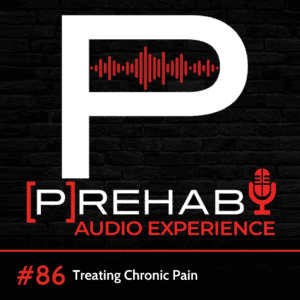
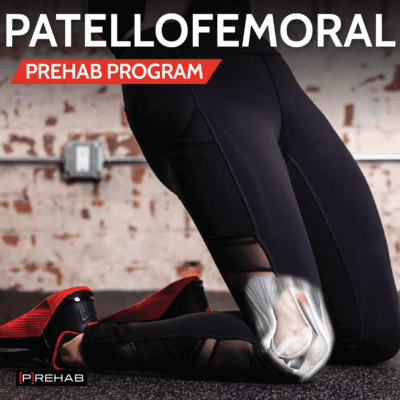
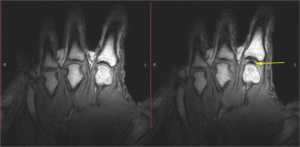
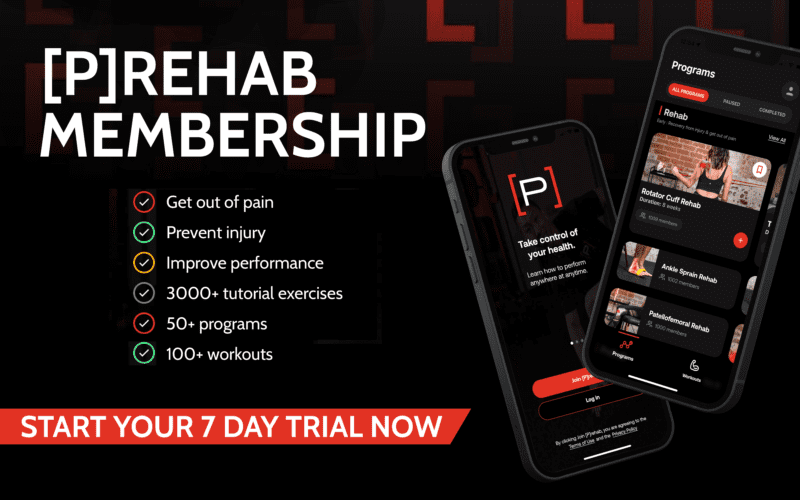
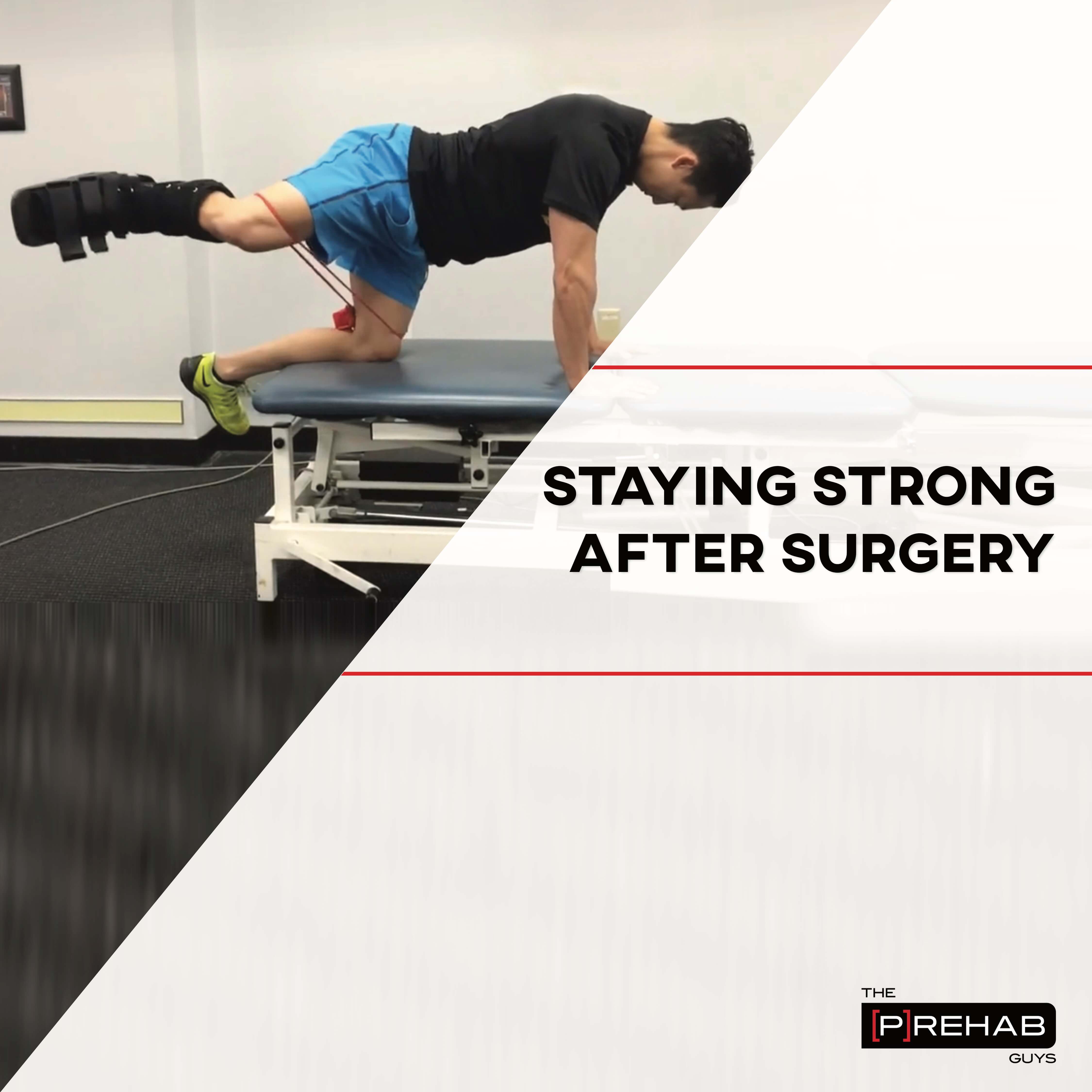
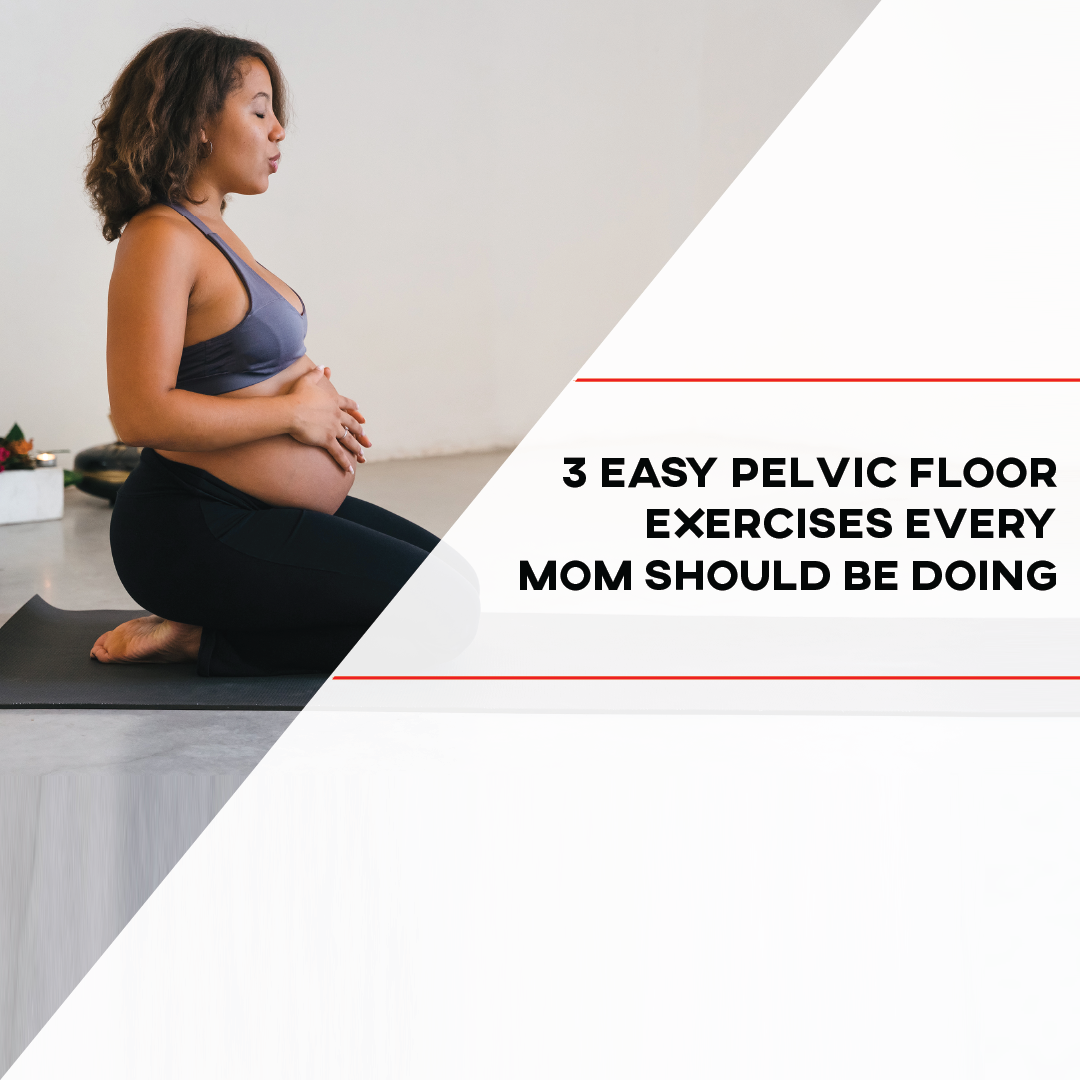
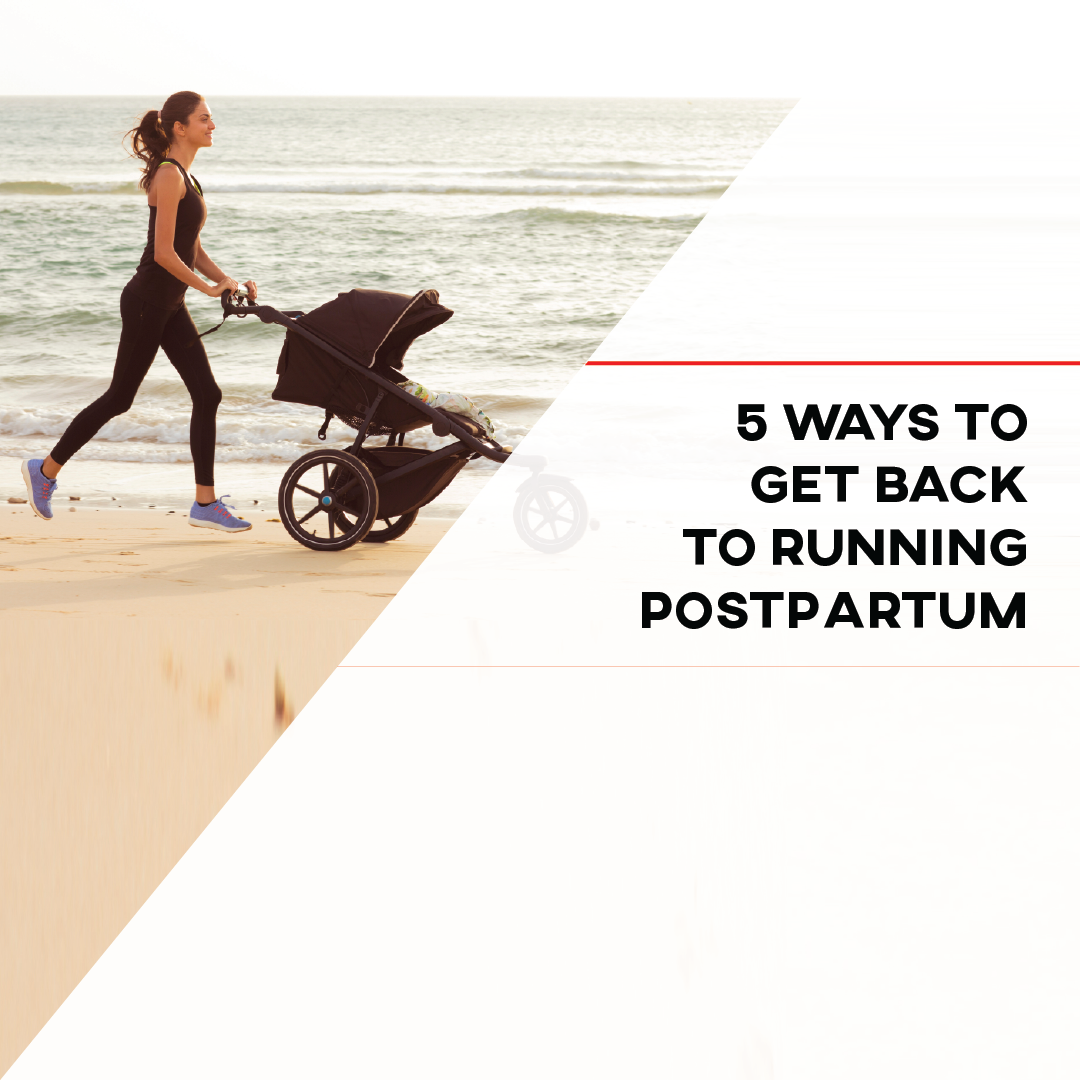
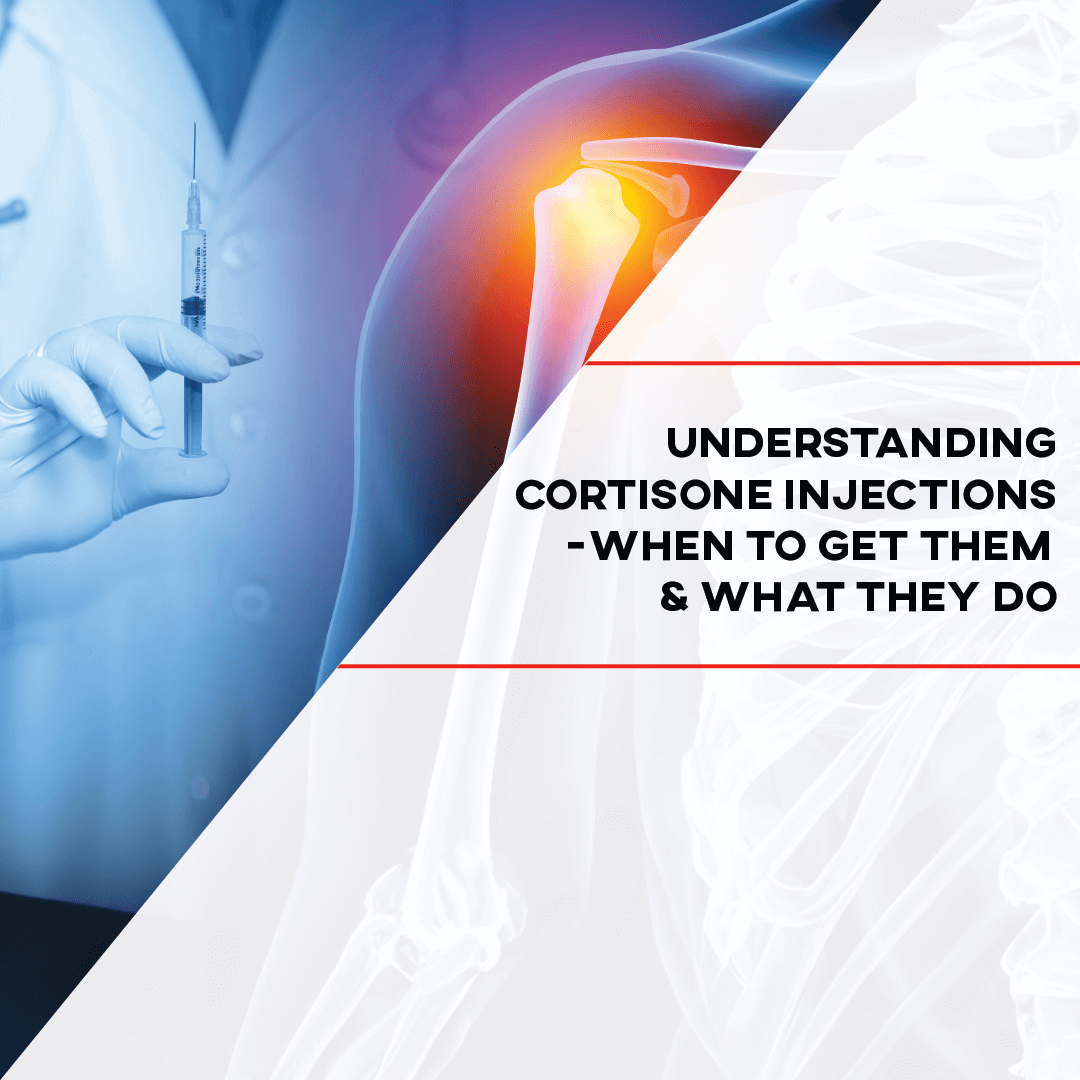

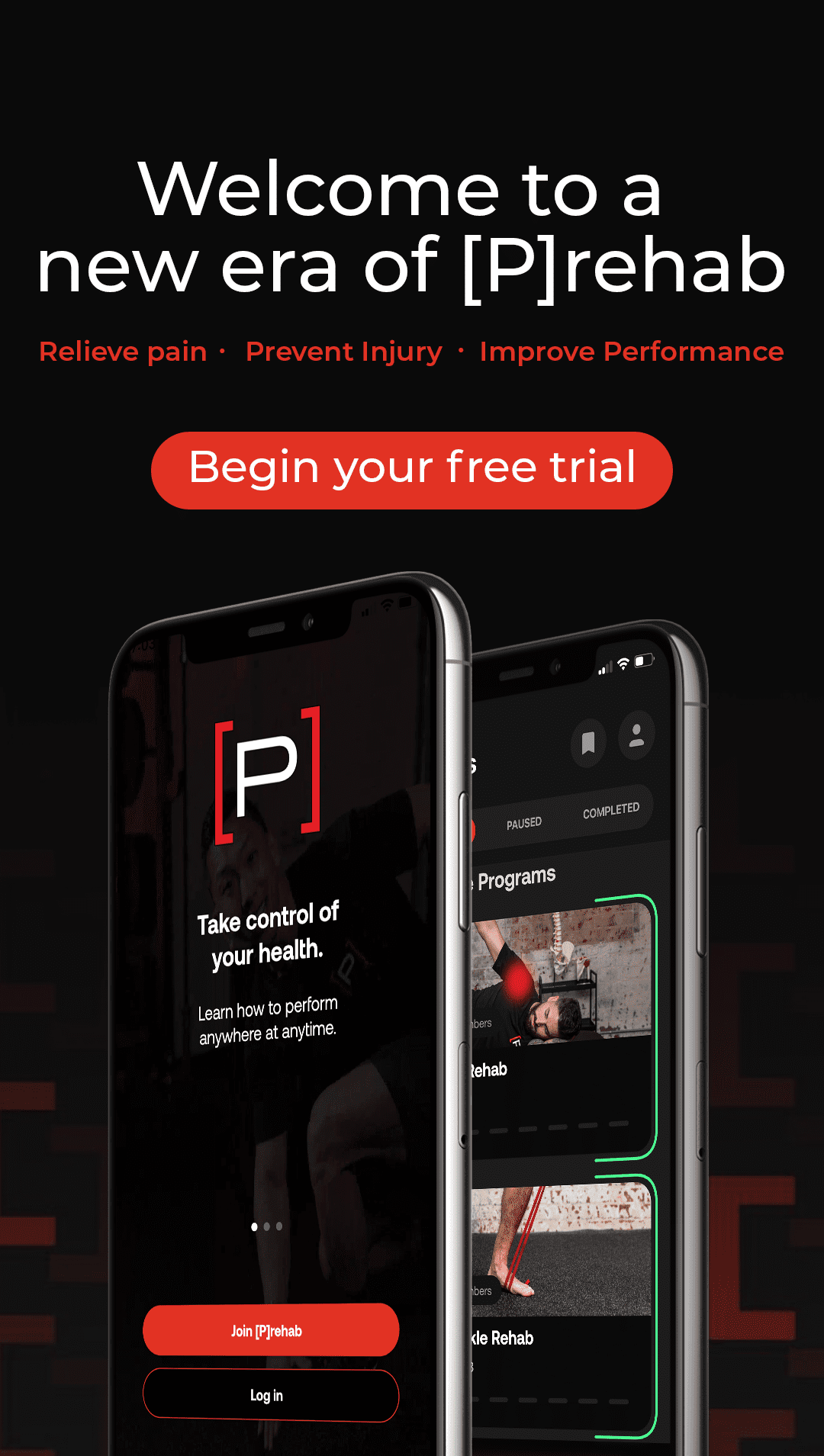



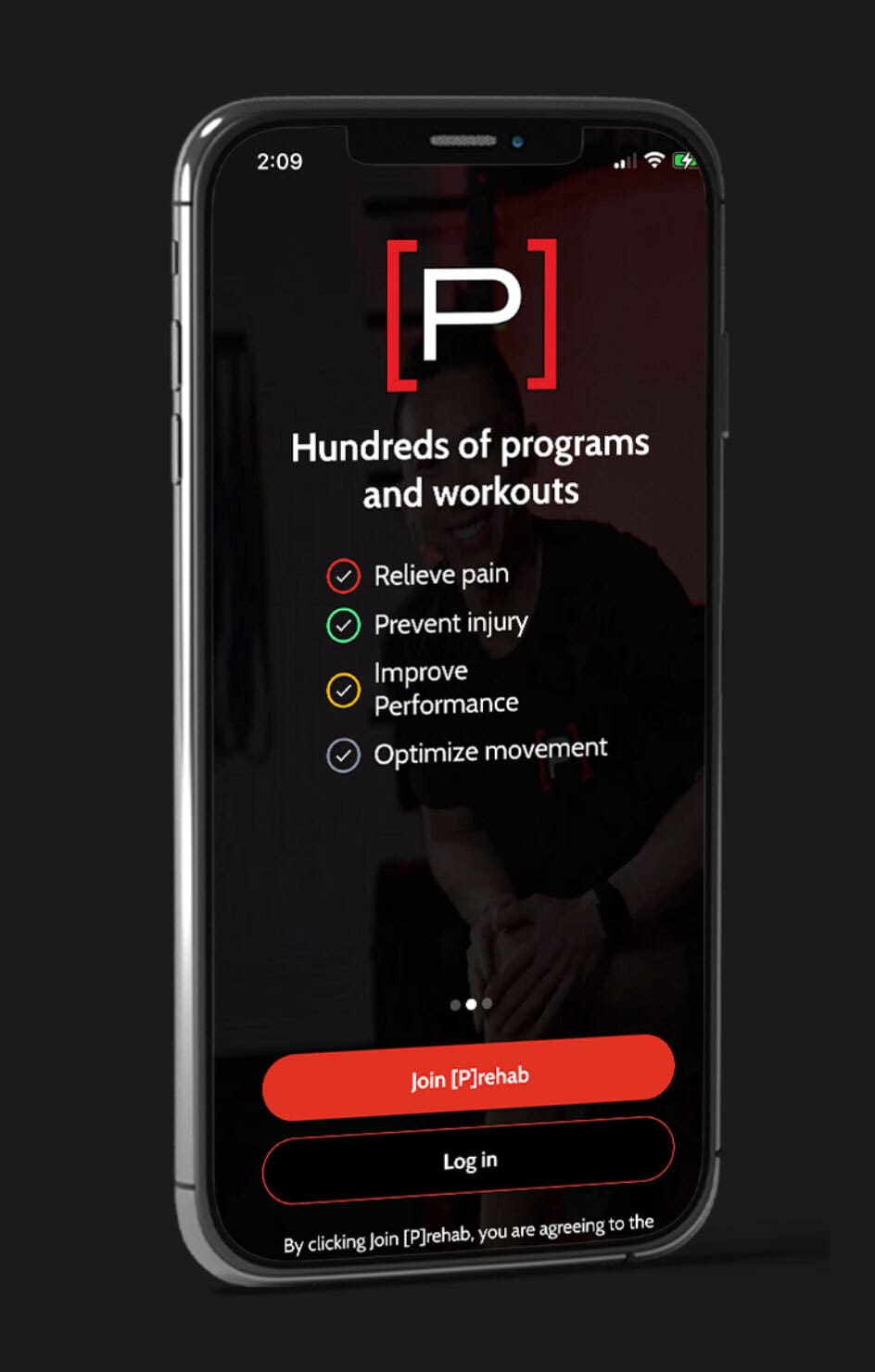

I really like your Blog Posts. I learn a lot.
I am on my way to become a chiropractor myself here in germany.
My Degree in Sportsscience provides my coaching ability. When I ll have finished the chiro school I am aiming to combine Movement, Training and Chiropractics for my klients. The name will be Chiropractic Wellness and Training Lüneburg.
What is your point on chiropractors and the fact, that you can study it?
You mentioned in your chronic pain podcast that the patients believe system aids tremendously in rehabilitation. I want to use that in my pracitcs.
Thanks to you I am already working on my patient communication to lessen fear and increasing positive outlook. Thanks a lot.
I didn´t sift through all your podcasts yet. Did you do one on how you built your business?
Hopefully you read this and send an E-Mail.
Cheers and greetings from Germany
Paul
Hi Paul! Thanks for reading the article and checking out the podcast!!! The important takeaways may not be so much the techniques we use but how we are educating people on the use of them. Example, if we are using any manual therapy we are educating this is just a sensory input to change the output and for the long term effects we need active movement solutions. The words we use are very powerful in creating outcome and expectations!!! Research on the subluxation theory has debunked the ability of providers, whether it be physio or chiro, in having a valid test to indicate a vertebrae “is out” and that the methods used are able to put them “back in.” Research has shown manipulations or adjustments do have short term effects on pain relief but creates no structural change, indicating it’s a neural input that changes the output. More to come on this topic soon! Love that you are already working on your communication skills and conscious language, that is going to serve you so well in the profession!